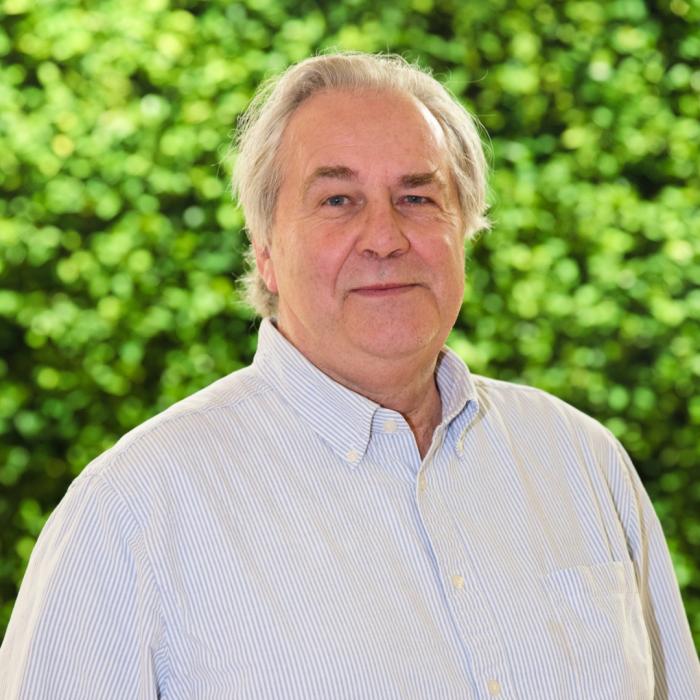J. Houston Miller

J. Houston Miller
Professor of Chemistry
Contact:
800 22nd St. NW
Washington DC 20052
Combustion chemistry, Optical sensor development
- Research in the Miller group centers on the development of laser diagnostics for application to problems in biotechnology, atmospheric, and combustion chemistries. Specific projects underway include the development of cavity enhanced absorption (CEA) sensors, the use of nanoparticles as sensor platforms in biological systems, and combustion chemistry of fossil and bio-derived fuels.
- The Miller group was recently awarded a $430,000 grant from the National Science Foundation to develop a stand off sensor for industrial flares and wildfires. This project is focused on developing and demonstrating applications for a standoff, laser-based, fire radiometer. Instruments developed will address data deficiencies for two challenging problems associated with climate change. Wildfires, as a response to and a cause of climate warming, are an increasing global threat. The total burned area during “fire seasons” has gone from ~1000 square miles prior to 2000 to over ~2500 square miles in the last 20 years. NASA’s Fire Sense program emphasizes real-time observation and characterization of wildfires as a priority focus. However, satellite characterization of fires is limited by daylight, clouds, spectral, spatial, and temporal resolution. Thus, a clear need exists for “ground truthing” that can fill in data voids and provide real-time data to first responders. A second “use case” for this technology is in the characterization of industrial flares, a significant source of greenhouse gas emissions As with wildfires, satellite measurements of emitted light do not explicitly provide chemical information, such as amounts of unburnt fuel or concentrations of higher molecular weight compounds. Satellite measurements are possible only at night when sunlight does not overwhelm thermal emission signatures and can be obscured by clouds. The project plan involves the construction of two laser heterodyne radiometers for laboratory demonstrations as well as simple “field-scale” demonstrations. The first system will operate in the near infrared and will focus on potassium detection. (Potassium light emission is a characteristic of only intense fires of plant materials and not fossil fuels.) Because of the close technological connection with our lab’s prior atmospheric science work and the ready availability of optoelectronics for this spectral region, this system will be the first constructed. The second system will proceed in two generations. In the first installment , a free space heterodyne unit will be constructed for operation at ~2200 cm-1 and will focus on detection of both carbon monoxide and carbon dioxide radiative emissions. This sensor is expected to directly provide fire temperature as well as a measure of combustion efficiency. In the second iteration, a source close to 2780cm-1 will be used to explore radiative emissions from methane.
Chem 1111: General Chemistry I
Chem 1112: General Chemistry II
Honr 1033: Scientific Reasoning & Discovery Proseminar
Chem 6278: Molecular Spectroscopy
PhD, University of Virginia
AB, Oberlin College

